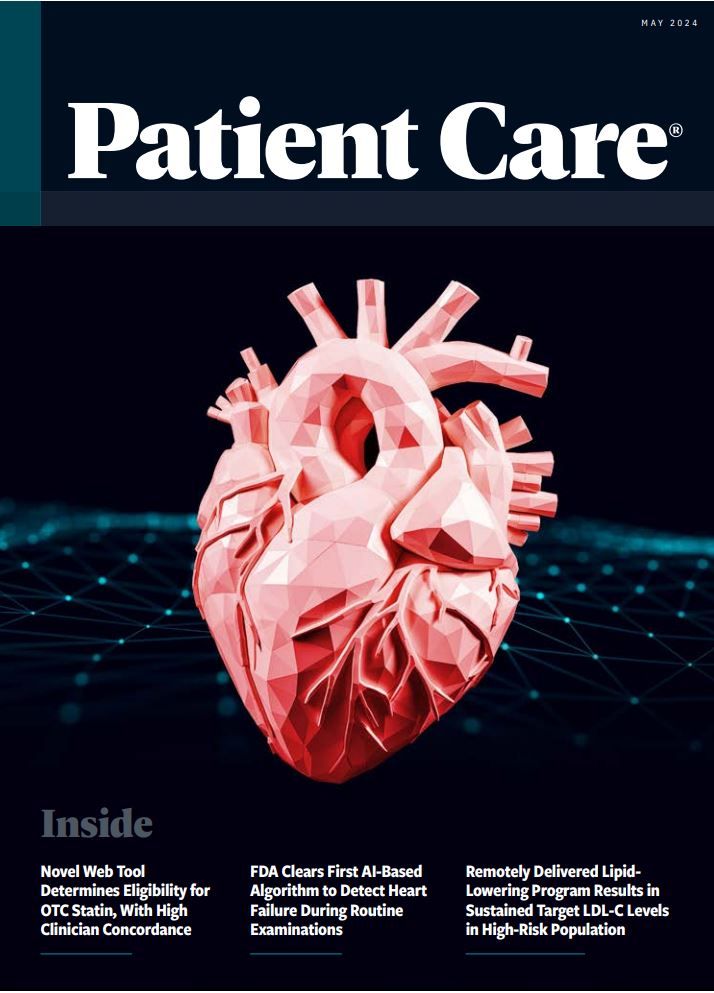Remotely Delivered Lipid Lowering Program Results in Sustained Target LDL-C Levels in High-Risk Population
ACC.2024: In a cohort of people at high risk of ASCVD, three-quarters achieved target LDL-C levels at 6 months and 12 months while using a remote algorithm-directed program.
©JYPIX/stock.adobe.com

Among a diverse cohort of individuals at high risk of atherosclerotic cardiovascular disease (ASCVD) who completed a remote, algorithmically-driven lipid management program, 75.7% and 83.1% achieved target LDL-C levels at 6 and 12 months, respectively, according to an abstract presented at the American College of Cardiology 73rd Annual Scientific Sessions and Expo, April 6-8, 2024, in Atlanta, GA.
Led by Oan Unlu, MD, a Master’s degree candidate at Harvard Medical School’s Blavatnik Institute of Biomedical Informatics, the authors cite the significant gaps in results of lipid-lowering therapy, including the failure of many individuals to reach guideline-recommended LDL-C levels. The current findings amend the researchers’ previous report of absolute LDL-C reductions as a result of participation in a remote disease management program, with analyses of the proportion of participants who achieved target LDL-C at the completion of the program and during follow-up.
Unlu and colleagues enrolled 8294 individuals in the remote lipid management program that ran from 2018 to 2022. Of the full cohort, 2656 had known ASCVD, 2887 had LDL-C >190mg/dL, 1388 had type 2 diabetes (T2D), and 1363 had a 10-year ASCVD risk of ≥7.5%. The majority (7079) were enrolled in medication management while 1215 opted to receive education only. Target LDL-C levels were established for 6 months and 12 months across 4 ASCVD risk groups (ASCVD, hyperlipidemia, T2D, and primary prevention) and were based on the 2018 American College of Cardiology/American Heart Association Cholesterol Guideline (LDL-C target for ASCVD <70 mg/dL and <100 mg/dL for other groups), according to the abstract.
Of the patients fully completing the program, 75.7% achieved target LDL-C levels at 6 months and 83.1% achieved target levels at 12 months, with similar effects among 4 risk groups (P < .001 for all). Participants who discontinued the program, but remained under usual care, had the lowest rates of achieving target LDL-C levels.
The researchers state that the remote program was executed “with minimal physician support,” highlighting the potential for reach to extend beyond the clinical setting to medically underserved populations. Participants were able to reach target LDL-C levels through interaction with the program and to maintain those targets for “at least 12 months.” “The attenuated effect on LDL-C in patients who prematurely discontinued the program highlights the need to improve patient engagement to maximize treatment plans,” they concluded.

